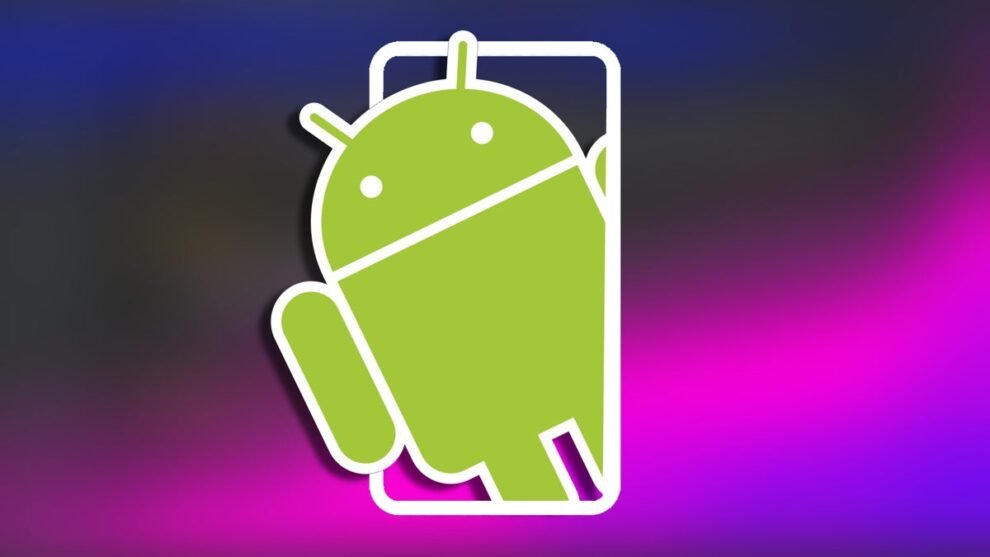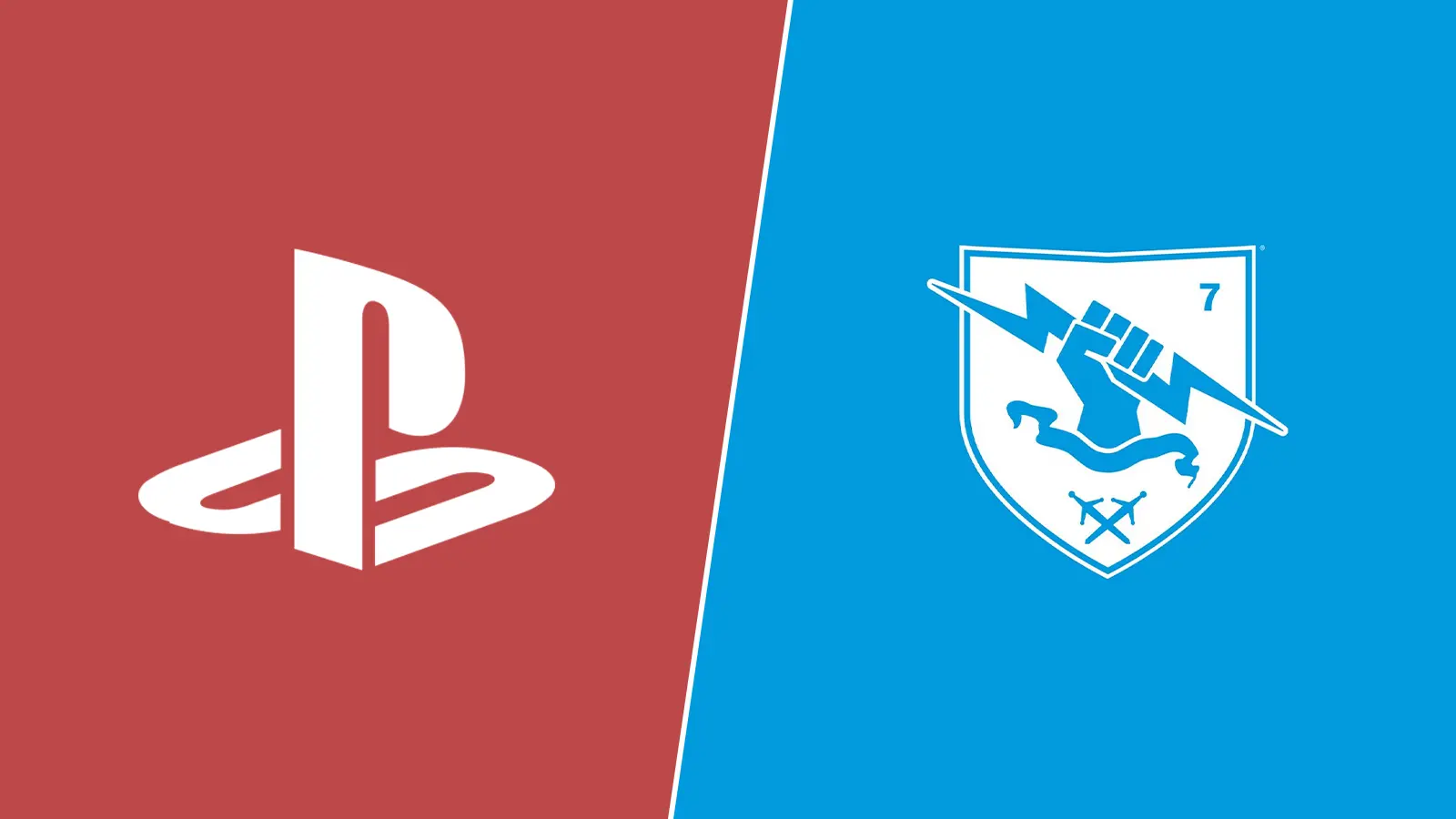Google dropped a bombshell recently, announcing that Android 16 will be released earlier than expected, shaking up its usual release schedule. Instead of the typical Q3 launch, Android 16 is slated to arrive in Q2 of 2025. This unexpected move has the tech world buzzing, with developers and users alike speculating about the reasons behind the shift and what it means for the future of Android.
This early release is a significant departure from Google’s established pattern. In the past, major Android versions typically landed in the third quarter, following months of beta testing and developer previews. For instance, Android 15’s source code hit the Android Open Source Project (AOSP) in September of this year, with the official rollout on Pixel devices happening in October. But Google is changing things up, aiming for a Q2 launch for Android 16, likely sometime between April and June 2025.
Why the Rush? Google’s Reasons for an Early Android 16 Release
Google’s official blog post cites a desire for better “alignment with the schedule of device launches across our ecosystem.” Essentially, they want to get the latest Android version onto more devices sooner. This makes sense from a user perspective, as it means faster access to new features and improvements. However, some speculate that this accelerated timeline might also be driven by a need to keep pace with competitors like Apple, whose iOS updates generally roll out earlier in the year.
What Does This Mean for Developers?
For developers, this shift presents both challenges and opportunities. The shortened development cycle could mean more pressure to adapt to new features and APIs quickly. However, it also means that their apps can take advantage of the latest Android advancements sooner, potentially reaching a wider audience with cutting-edge features.
User Reactions: Excitement and Apprehension
The response from users has been mixed. Many are thrilled about the prospect of getting their hands on Android 16 earlier than expected. New Android versions always bring exciting features, performance enhancements, and UI refreshes, and an earlier release means less waiting. However, some users express concerns about potential bugs and stability issues that might arise from a rushed release cycle.
My Take
Personally, I’m cautiously optimistic. I’ve been an Android user since the early days, and I’ve seen both smooth and bumpy releases. While I’m excited about the new features and improvements that Android 16 will bring, I also hope that Google doesn’t sacrifice quality for speed. A stable and polished user experience should always be the top priority.
Looking Ahead: What to Expect from Android 16
While it’s still early days, there are already whispers about potential features in Android 16. These include:
- Enhanced privacy controls: Building on Android’s ongoing focus on privacy, we might see even more granular controls over app permissions and data access.
- Improved AI integration: Expect deeper integration of AI across the operating system, from smarter assistants to more personalized experiences.
- Refined UI/UX: Google might introduce further refinements to the Material You design language, offering more customization options and a more polished look and feel.
- Focus on performance and efficiency: Battery life and performance optimizations are always a priority, and Android 16 is likely to continue this trend.
The Future of Android Releases
This early Android 16 release could signal a shift in Google’s overall release strategy. If this accelerated timeline proves successful, we might see more frequent and timely Android updates in the future. This would be a welcome change for many users, keeping Android devices at the forefront of mobile innovation.
Have Your Say!
What are your thoughts on Google’s plans for an early Android 16 release? Are you excited about the prospect of getting the latest Android version sooner, or do you have concerns about potential drawbacks? Share your opinions in the comments below!



















Add Comment